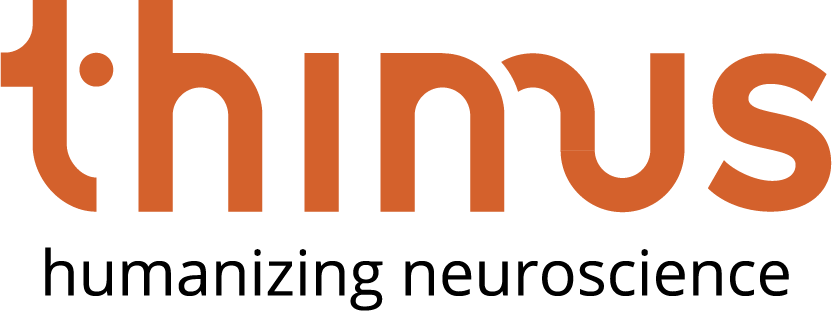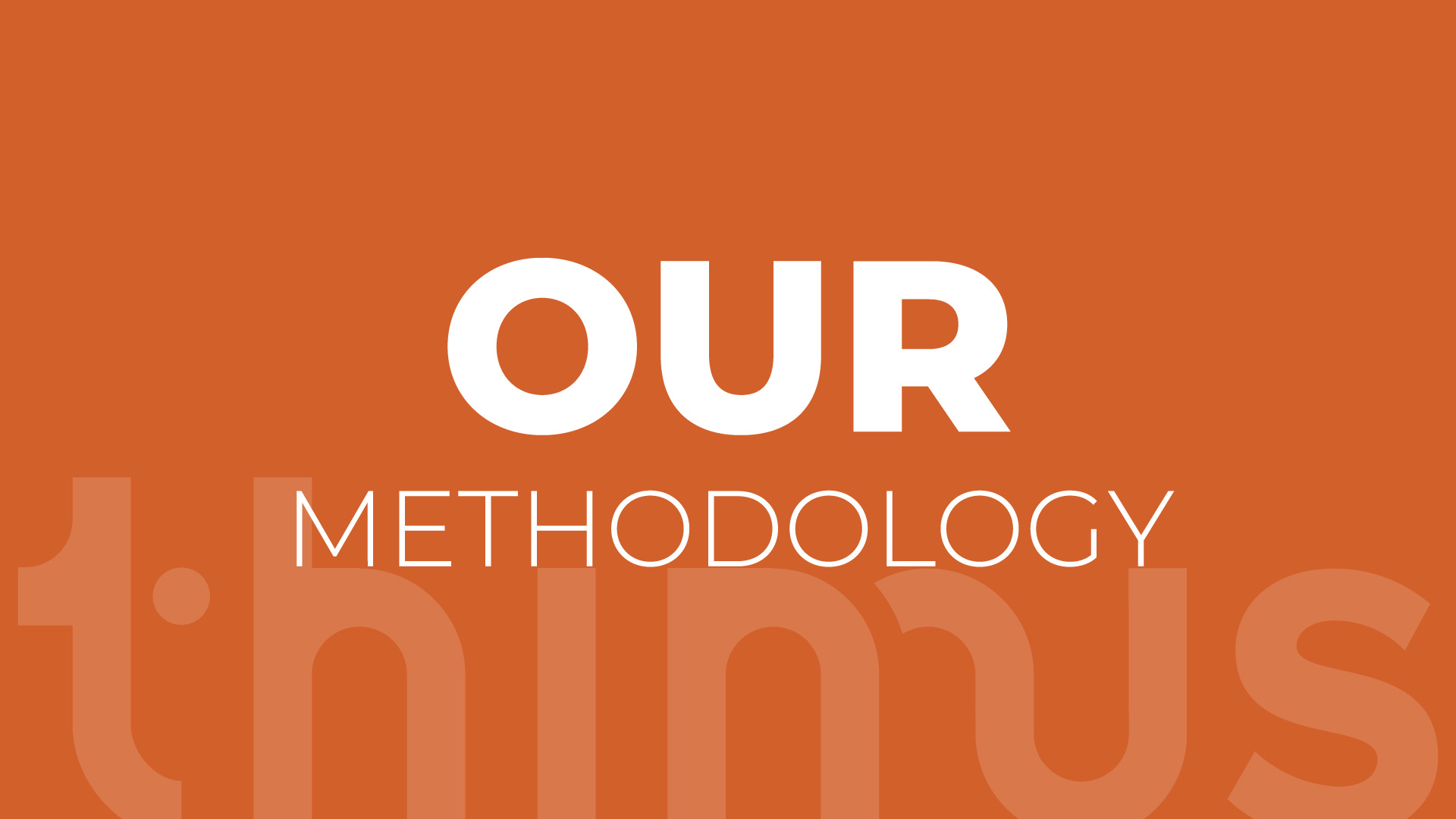We can scientifically assess how humans perceive texture, fragrance, and taste, as well as how cultural influences impact the entire sensory experience.
We are convinced that cultural neuroscience can serve as a stimulant for traditional consumer research by providing a framework for understanding the other data streams that are collected such as sensory experience, qualitative and quantitative approaches. We have developed a unique consumer research methodology that integrates implicit and explicit data collection.
Traditional research, on the other hand, is not entirely reliable due to memory biases and the necessity to rely on retrospective recollection.
Thimus’ work is heavily influenced by culture, with an emphasis on understanding how cultural influences effect food perception and the food experience.


